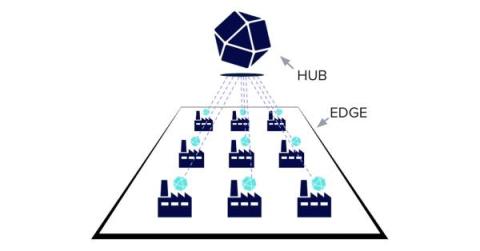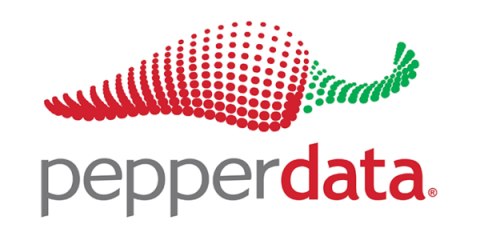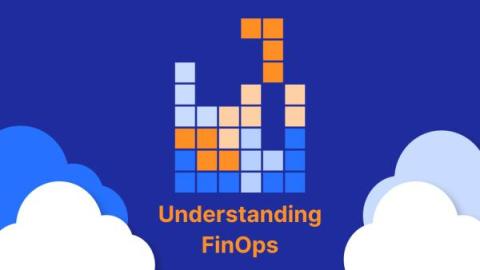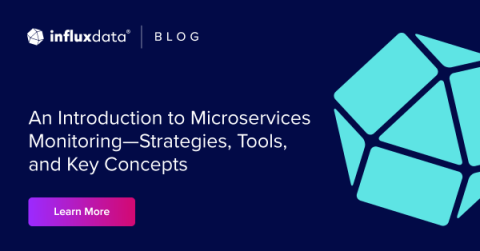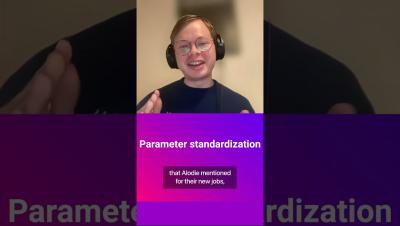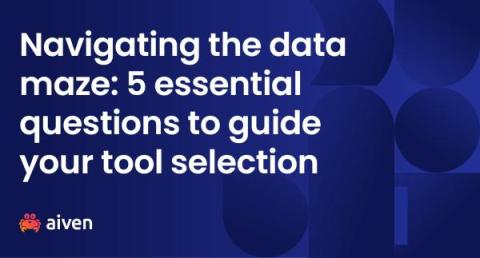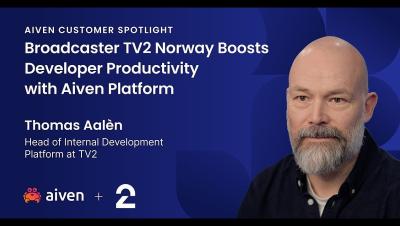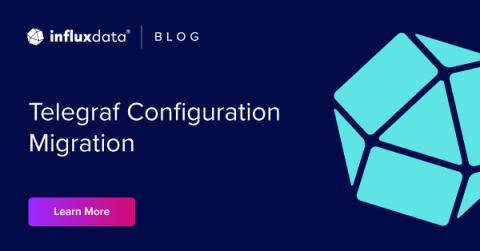Tale of the Tape: Data Historians vs Time Series Databases
It’s easy to pitch technology buying decisions as black or white, where one camp is the promised land and the other is a dystopian wasteland where companies and profits go to die. But that doesn’t match reality. Instead, organizations need to balance technical trade-offs with their needs. So, while it’s easy to stand atop the “rip and replace” mountain and shout the virtues of your new technology, that’s not something that most organizations are willing to do.


